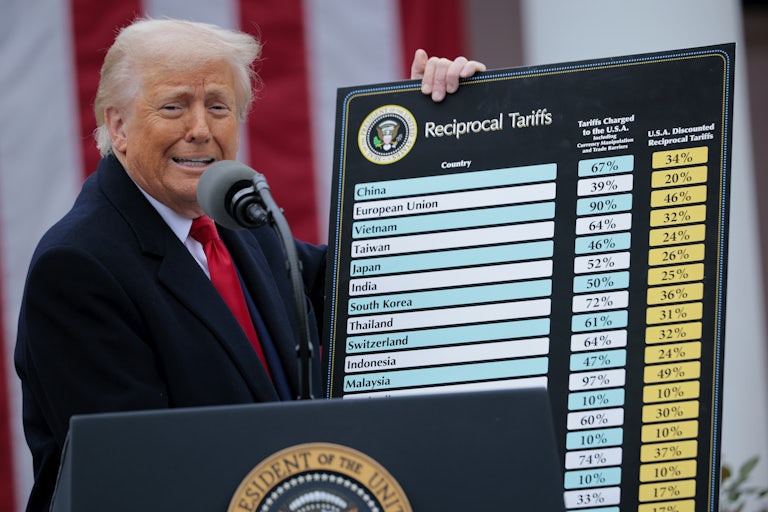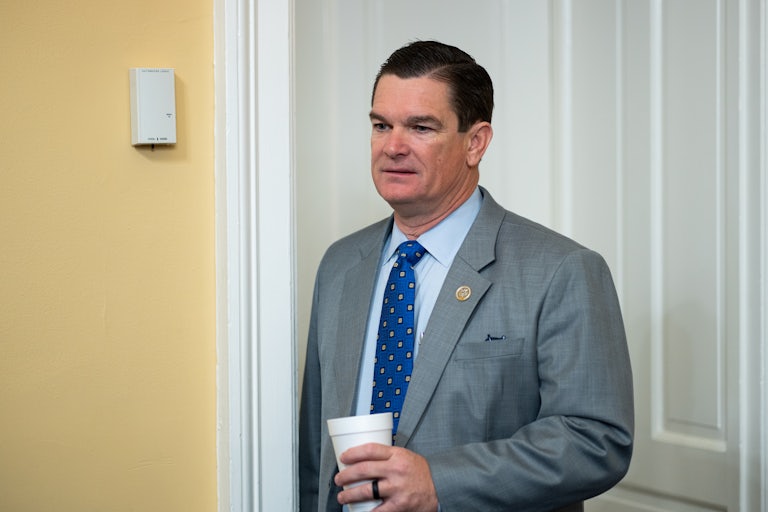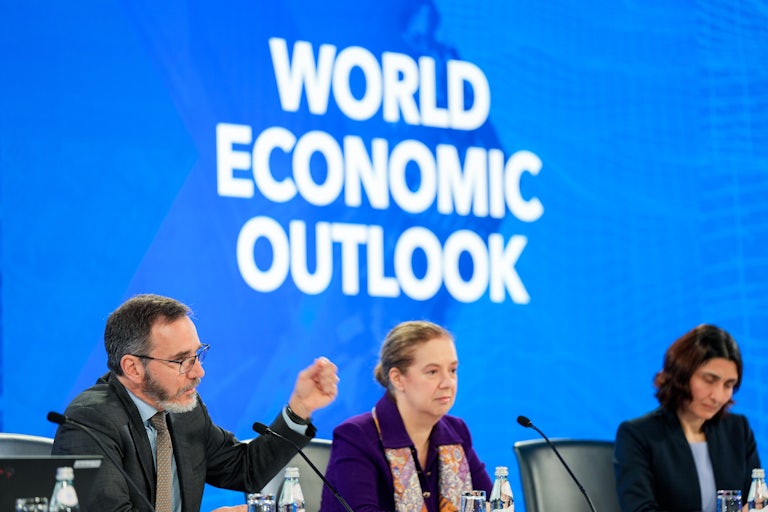Trump Tariffs Send Stock Market Plummeting to Great Depression Levels
The last time the U.S. economy was this bad, it was the Great Depression.

It’s a pretty bad sign when people start making comparisons to the Great Depression, right?
The Wall Street Journal reported Monday that after the Dow Jones Industrial Average shed nearly 1,000 points, it was “headed for its worst April performance since 1932.” But that wasn’t the only historically significant market drop.
The S&P 500, which has dropped 9 percent since Donald Trump announced his destabilizing “reciprocal tariff” policy earlier this month, has seen the worst performance since Inauguration Day for any president going back to 1928, according to Bespoke Investment Group.
Also on Monday, the yield on a 10-year Treasury note rose to 4.89 percent, and the ICE U.S. dollar index—which measures the dollar against foreign currencies—sank more than 1 percent to its lowest level since March 2022. Typically when the market sinks, as it did during the Covid-19 pandemic, the dollar goes up and Treasury yields drop. Now the opposite is true—meaning that the costs of imported goods will be even higher than the boosted prices caused by Trump’s tariffs on nearly every country in the world. This also leaves investors with few safe spots to wait out the volatility caused by Trump’s tariffs.
“It’s the hallmark of the ‘no confidence’ trade,” Scott Ladner, chief investment officer at Horizon Investments, told the Journal. “It’s impossible to commit capital to an economy that is unstable and unknowable because of policy structure.”
The market seemed to recover slightly Tuesday from the significant sell-off during the previous session. But still, there was trouble on the horizon.
The International Monetary Fund said Tuesday that Trump’s tariffs would slow growth, not only for the U.S. but globally. The IMF’s chief economist, Pierre-Olivier Gourinchas, told reporters that the odds of a recession in the U.S. had increased from 25 percent in October 2024 to 40 percent.








